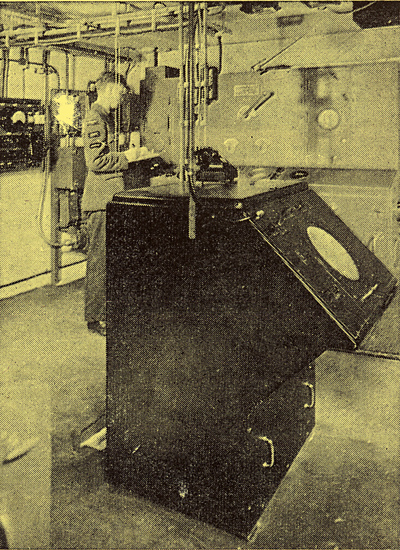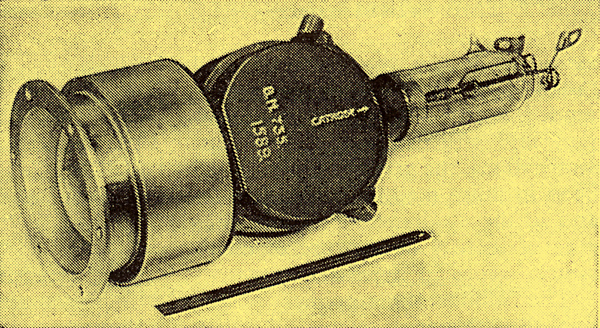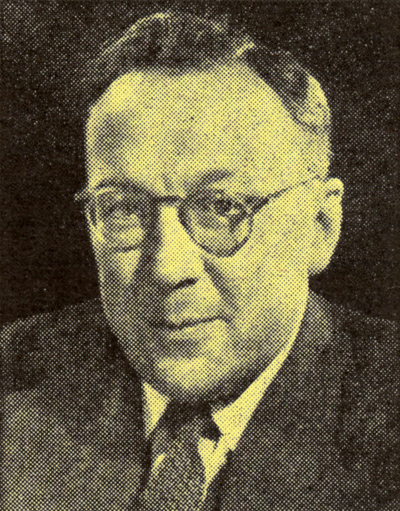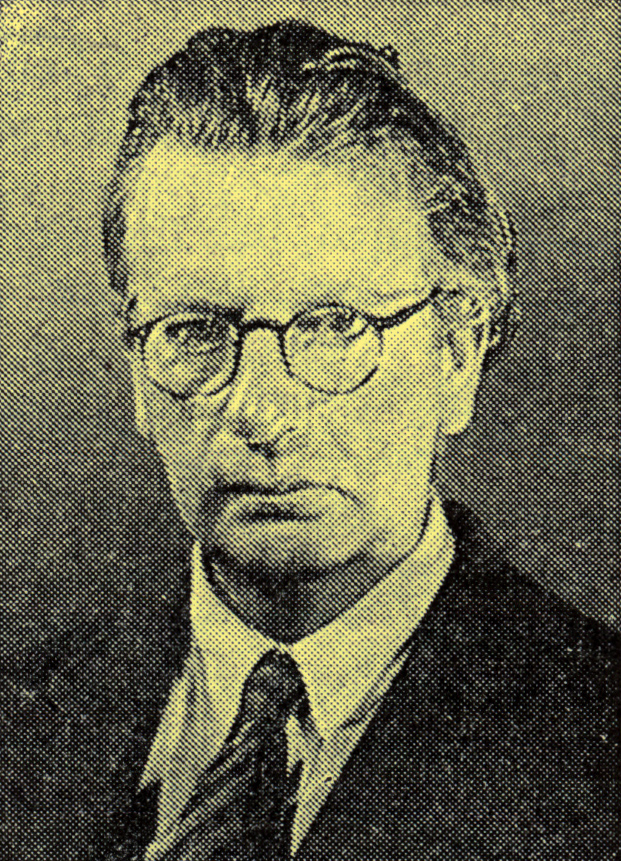|

One of the first photographs of radar equipment to be released: an underground station for location of enemy aircraft and fighter control
Much new information on radar was now published, but Wireless World considered it had come too late. Many of the devices, including some of essentially British origin, had already been described in American journals, and subsequently repeated in the technical Press of the world without emphasis on the country of origin. It was thought that British prestige had suffered through these delays. The cavity magnetron, produced by Randall, Boot and Sayers was considered the most important single development.

'The greatest invention of the war': cavity magnetron with a peak output of 2,500kW, photographed alongside a 6 inch ruler
Parts of the inner story of radar development were still coming out as late as 1952, when Government awards were made to the pioneers: £50,000 to Watson-Watt 'for the initiation of radar' and other awards ranging from £12,000 to £250 to twenty others.

Sir Robert Watson-Watt who directed the initial investigations into the use of radio wave reflections for the location of aircraft
The Physical Society's first postwar exhibition in 1946 showed in an impressive manner how deeply radio techniques had infiltrated into most branches of applied physics during the war years.

John Logie Baird, the pioneer of practical television, who died in 1946, aged 57
In brief: London television station re-opened; the Decca navigational system described; death of Baird, aged 57; the German Magnetophon tape recorder described.
|